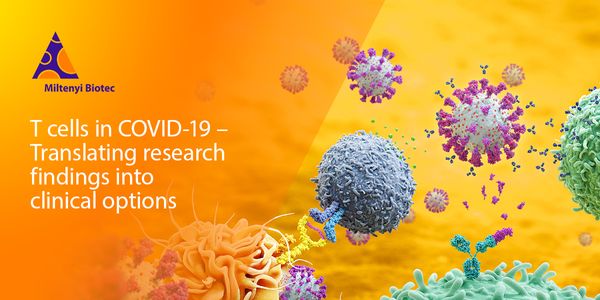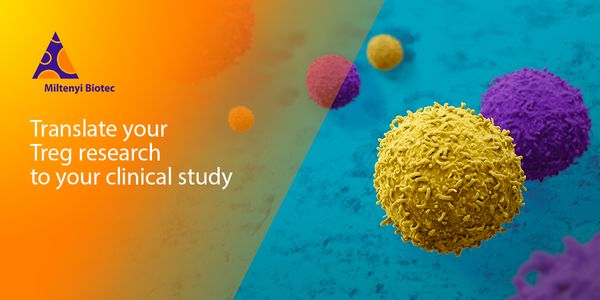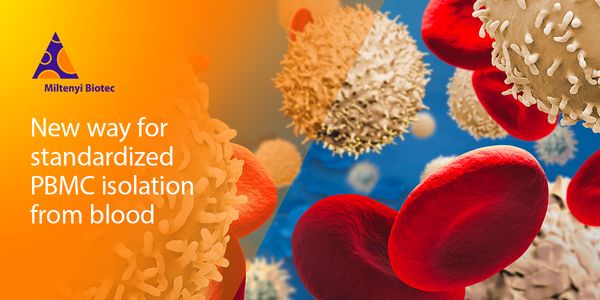NOV 18, 2021 | 8:00 AM
Date: November 18, 2021 Time: 8:00am (PDT), 11:00am (EDT) Keep ahead in CAR T and CAR NK cell research. We introduce advanced techniques for generating and characterizing engineered immune c...
NOV 16, 2021 | 8:00 AM
Date: November 16, 2021 Time: 8:00am (PDT), 11:00am (EDT) The unique suppressive function of regulatory T cells (Treg cells) makes them an interesting target cell population to study. In rec...
Date: November 10, 2021 Time: 6:00am (PST), 9:00am (EST) Over the last 20 years, automated capillary electrophoresis (CE) has become an industry-preferred technique for quantitative purity a...
OCT 28, 2021 | 8:00 AM
Date: October 28, 2021 Time: 8:00am (PDT), 11:00am (EDT) Today’s health industry is leveraging new, cutting-edge Cell & Gene Therapies (CGTs) to address a variety of medical illnes...
OCT 20, 2021 | 9:00 AM
Date: October 20, 2021 Time: 9:00am (PDT), 12:00pm (EDT) Protein therapeutics is one of the major drug modalities in biopharma industry. With more and more elucidation of disease pathology,...
OCT 12, 2021 | 8:00 AM
Date: October 12, 2021 Time: 8:00am (PDT), 11:00am (EDT) CRISPR-Cas9 is a nuclease-based genome editing system which has seen exponential growth in adoption with broad applications from basi...
SEP 28, 2021 | 9:00 AM
Date: September 28, 2021 Time: 9:00am (PDT), 12:00pm (EDT) Standardization and reproducibility are prerequisites for peripheral blood mononuclear cell (PBMC) generation from donor or patient...
SEP 22, 2021 | 8:00 AM
Date: September 22, 2021 Time: 8:00am (PDT), 11:00am (EDT) New technologies generating successful cell and gene therapy approaches have contributed to a global growth of institutions that cu...
SEP 22, 2021 | 7:30 AM
Date: September 16, 2021 Time: 8:00am (PDT), 11:00am (EDT) Rapid screening and speed of scale-up in protein therapeutics are critical factors in today’s biotech and pharma workflows. T...
SEP 17, 2021 | 12:00 PM
Date: September 16, 2021 Time: 9:00pm (PDT), 12:00am (EDT) 3D cellular models like organoids and spheroids offer an opportunity to better understand complex biology in a physiologically rele...
























